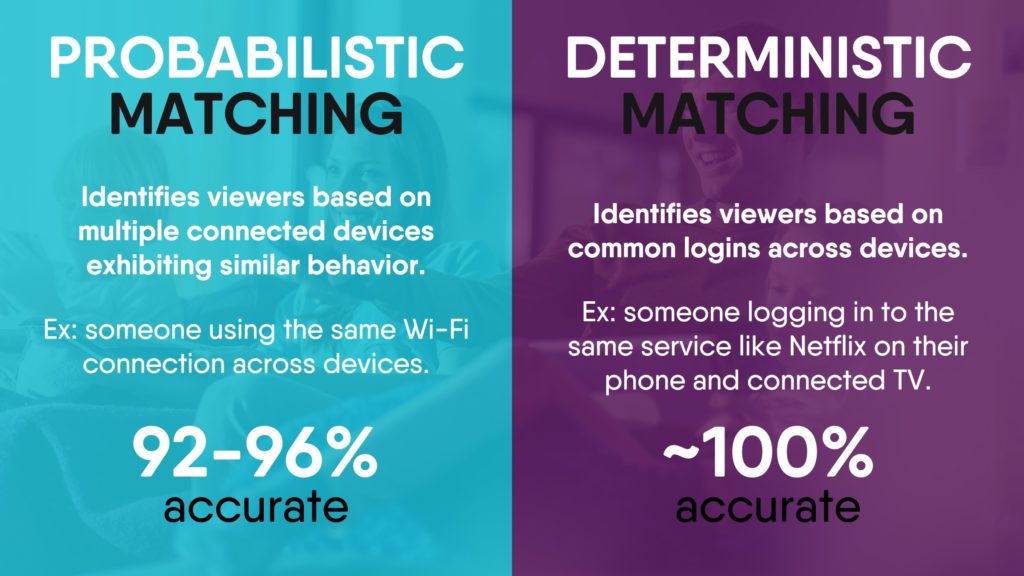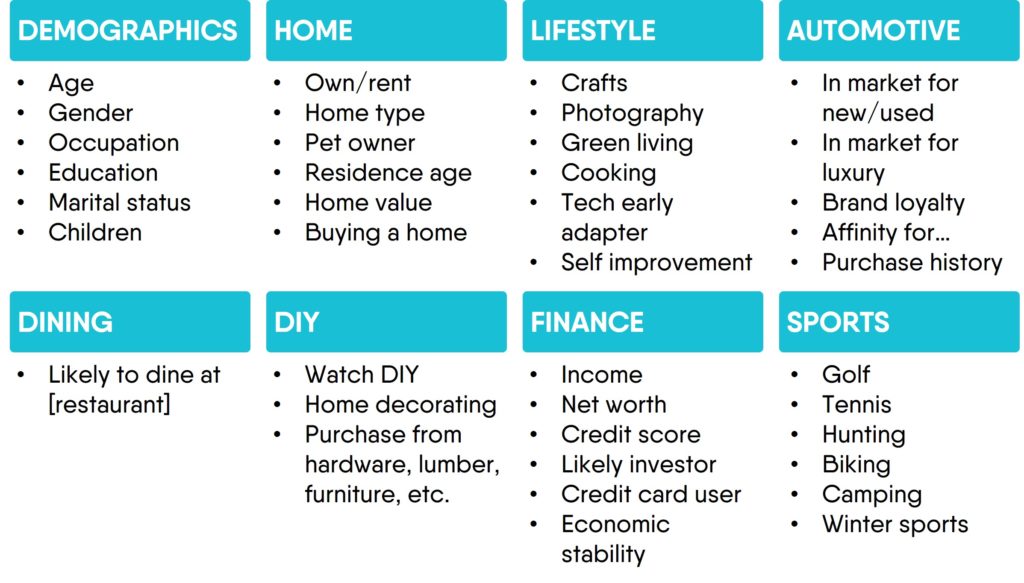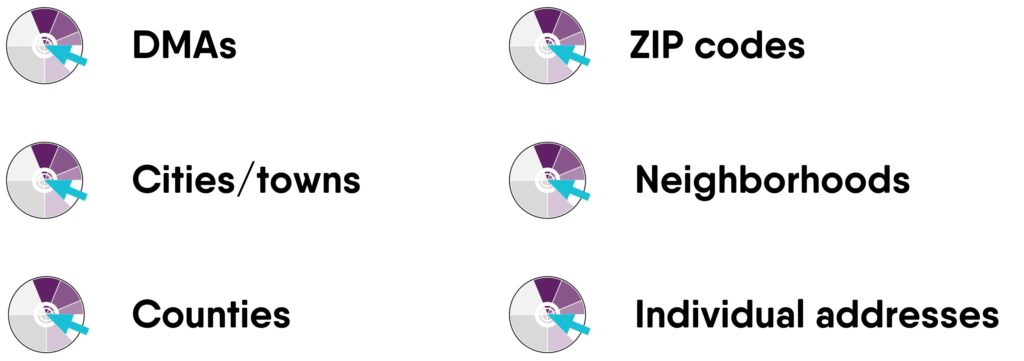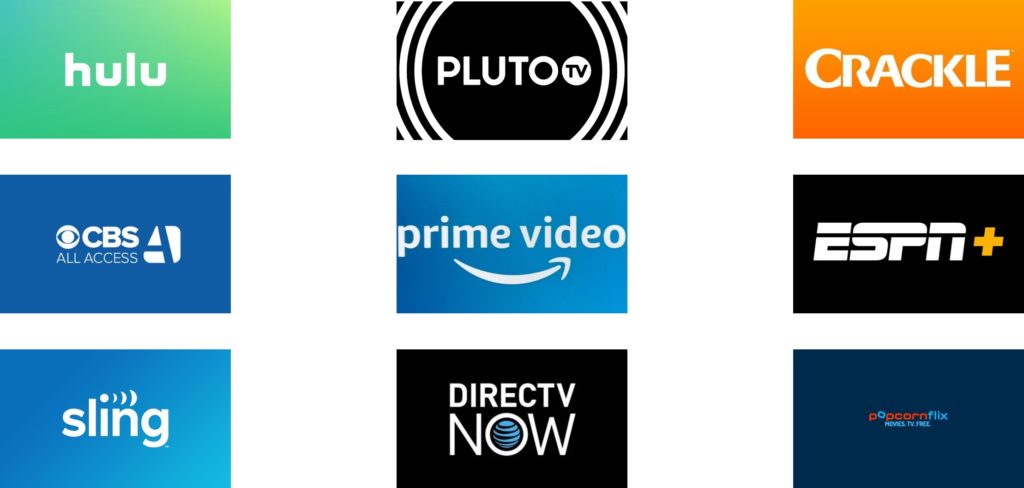What You Need to Know About Connected TV Advertising
As the lines between traditional and digital video consumption blur – and, in many cases, vanish completely – marketers are scrambling to find the right approach to reach an increasingly fragmented audience. Some marketers see this as a binary choice between leveraging the massive audiences and storytelling prowess of traditional TV or harnessing the targeting precision and tracking capabilities of digital video.
But, with connected TV advertising, you can have both. Connected TV allows marketers to marry the impact of linear TV commercials with the precision of digital advertising.
A shift in TV viewing
In recent years, there’s been a shift from traditional to connected TV in both viewership and ad dollars. Viewers are now watching their favorite movies and TV shows outside the confines of traditional TV providers using a variety of over-the-top (OTT) services, which makes focusing on where to serve ads somewhat trivial. In response, marketers are shifting to connected TV advertising to focus more on who they serve ads to.
“What’s hot right now, for us anyway, is connected TV,” according to Jim White, Senior Vice President, Mindstream Media Group. “It’s taking the best of the digital world in terms of data targeting, different behavioral aspects and personas, then targeting people in a television environment with digital capabilities.”
To help you embrace this shift, here are answers to some of the most pressing questions marketers have about shifting to connected TV advertising.
How do connected TV ads differ from traditional commercials?
Connected TV ads look and feel like linear TV commercials but they are not bought, sold or delivered the same way.
With traditional TV advertising, advertisers purchase ad spots at designated times on designated channels during designated programming. Advertisers decide ad buys based on the size and makeup of each program’s audience. To determine this, media sellers use Gross Rating Point (GRP) to determine the number of people from the desired audience who have likely watched the program.
Here’s how media sellers determine GRP:
How does connected TV advertising work?
With connected TV advertising, ad buys are not based on air times or channels. Instead, connected TV ads are delivered one at a time based on the specific viewer watching a program. The advantage here is that you don’t have to guess which shows your target audiences are watching. Instead, you can build a target audience based on demographic and behavioral signals, then serve ads to specific viewers.
How do you identify specific viewers?
The key to serving ads this way is cross-device matching, which allows advertisers to identify consumers across a variety of connected devices. Cross-device matching uses digital footprints on computers, smartphones, tablets and connected TVs to identify specific audience members and serve them ads across those devices.
There are two primary methods for identifying specific viewers with cross-device matching.

What targeting options are available to reach the right connected TV audiences?
Now that we’ve looked at how you can identify viewers, let’s go over what types of targeting options are available. There are a number of connected TV advertising vendors with variable targeting options based on each provider’s specific tech. As an example, let’s look at the targeting capabilities available through Simpli.fi’s connected TV solution.
(Disclosure: Mindstream Media Group partners with Simpli.fi to provide programmatic advertising solutions with advanced geo-targeting capabilities.)
Addressable targeting
This type of connected TV targeting uses prospect lists to serve ads to specific members of a target audience with precise geo-fences around their addresses.
Behavioral targeting
This type of targeting allows you to serve ads to consumers based on the behavioral and intent-based signals they leave as they consume content online. You can target based on:
- The link and tag data from webpages your target audience members visit
- The contextual categories of the online content your target audience members consume
- The searches your target audience members conduct online
Demographic targeting
Demographic targeting relies on data from reliable sources like household census, warranty registrations, questionnaires, credit bureau record and purchase histories. You can then layer this on top of behavioral targeting to hone in on very specific audiences.
With Simpli.fi’s technology, you can target households across the country based on more than 1,500 demographic attributes.

How does this impact local businesses?
Connected TV advertising presents a significant opportunity for local businesses and multi-location brands to hone in on viewers based on very specific geographic information. Here’s a look at the geographic targeting available through Simpli.fi’s connected TV solutions.

What apps and OTT services can I serve ads on?
The beauty of connected TV advertising is it allows you to focus more on the who (i.e., the specific viewers seeing the ads) than the where (i.e., the programs and services hosting the ads). But, this question is still common from advertisers that are new to connected TV advertising. Here’s a look at which OTT services serve ads to give you an idea of the connected TV ad inventory that’s available today.

Want to learn more about connected TV advertising? Check out the first two installments of our connected TV series:
- Part 1: TV Transformed – The Ongoing Value of Linear TV and the Power of Digital
- Part 2: The Connected TV Battle – A Song of Traditional and Digital Media
Ready to get started with connected TV advertising? Contact Mindstream Media Group to learn how we can help you marry the power of traditional TV ads with the precision of digital advertising.
More from Mindstream Media Group

Meet the Mindstreamer – Chandler Swanner
Chandler Swanner’s interest in advertising dates back to her childhood. Her mother (and role model in life) was a Media […]

Third-Party Cookie Phase-Out: What Marketers Need to Know
Cookies are an essential part of internet usage, allowing websites to remember you and provide a more personalized experience. This […]

Meet the Mindstreamer – Kaya Bucarile
She plans and oversees media strategy for agency clients, working closely with project and platform managers to ensure that we […]
